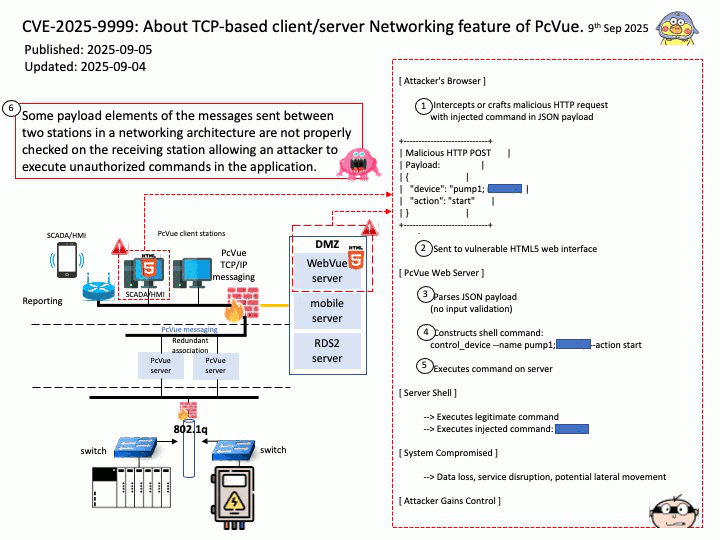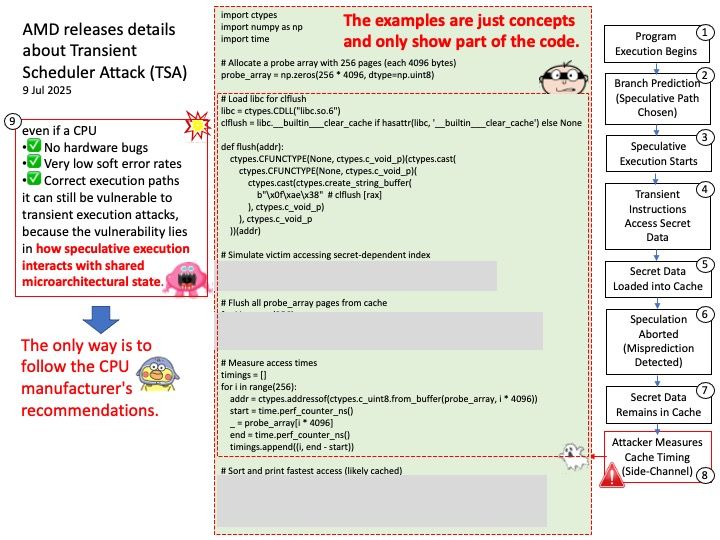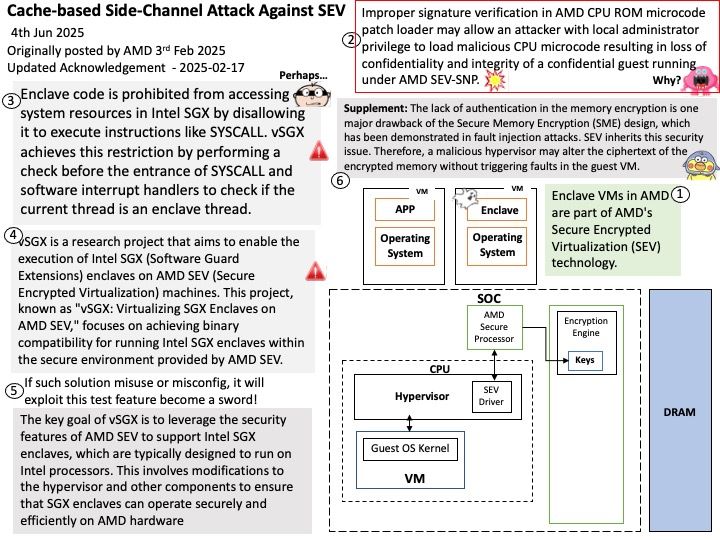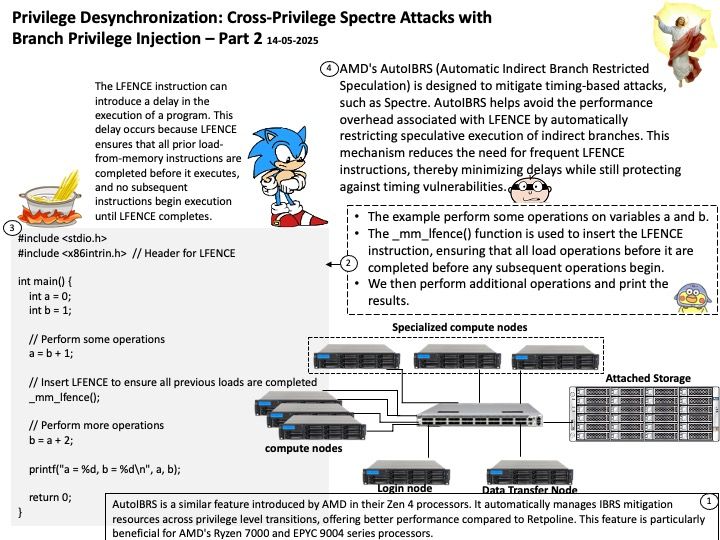Published: 11/03/2025
Preface: GM’s Ultra Cruise system is supposed to be a more capable iteration of its Super Cruise ADAS that was first introduced in 2017.
To dig into the weeds a bit, the Ultra Cruise compute, which is about the size of two laptops stacked together, is made up of two Snapdragon SA8540P SoCs and one SA9000P AI accelerator to deliver low-latency control functions on 16-core CPUs and AI compute of more than 300 Tera operations per second for camera, radar and lidar processing.
Background: The Snapdragon Ride Platform accelerates the shift to software-defined vehicles by empowering developers to create AI-driven automated driving solutions. The system-on-chip, called Snapdragon Ride Platform, was developed for advanced driver assistance systems (ADAS) and automated driving. It’s one of a suite of cloud-connected platforms introduced by Qualcomm.
The Qualcomm Cloud AI 100/AIC100 family of products (including SA9000P – part of Snapdragon Ride) are PCIe adapter cards which contain a dedicated SoC ASIC for the purpose of efficiently running Artificial Intelligence (AI) Deep Learning inference workloads. They are AI accelerators.
Qualcomm’s Snapdragon SA8540P SoCs and SA9000P AI accelerator use the QNX Neutrino RTOS for safety-critical functions in automated driving systems.
Vulnerability details: Integer Overflow or Wraparound in Automotive Platform
Description – Memory corruption while processing large input data from a remote source via a communication interface.
Official announcement: Please refer to link for details –
https://docs.qualcomm.com/product/publicresources/securitybulletin/november-2025-bulletin.html





